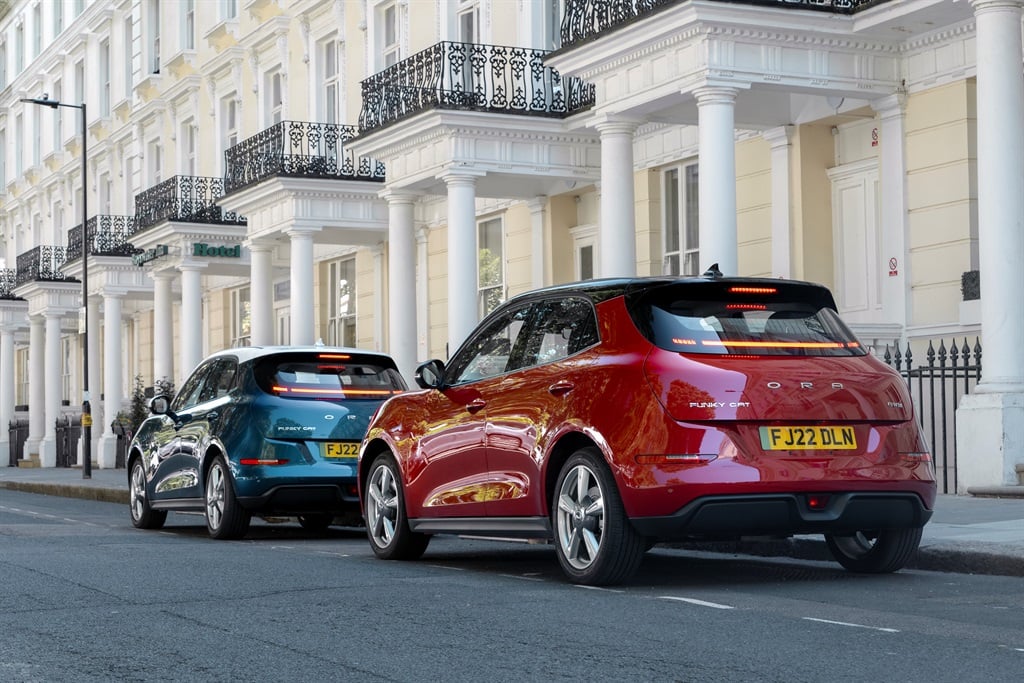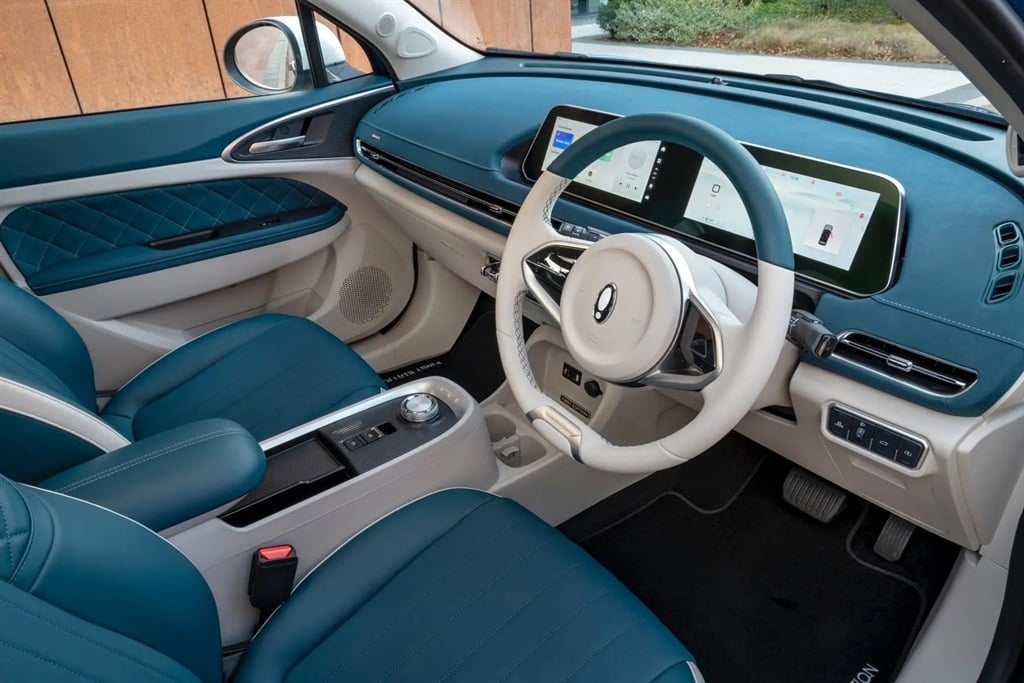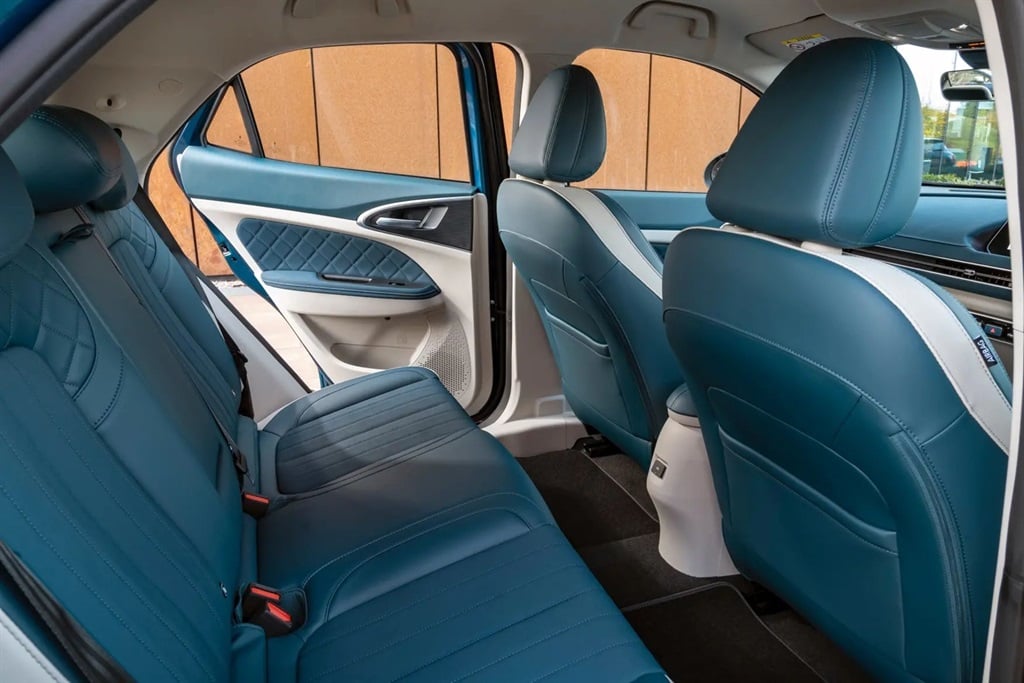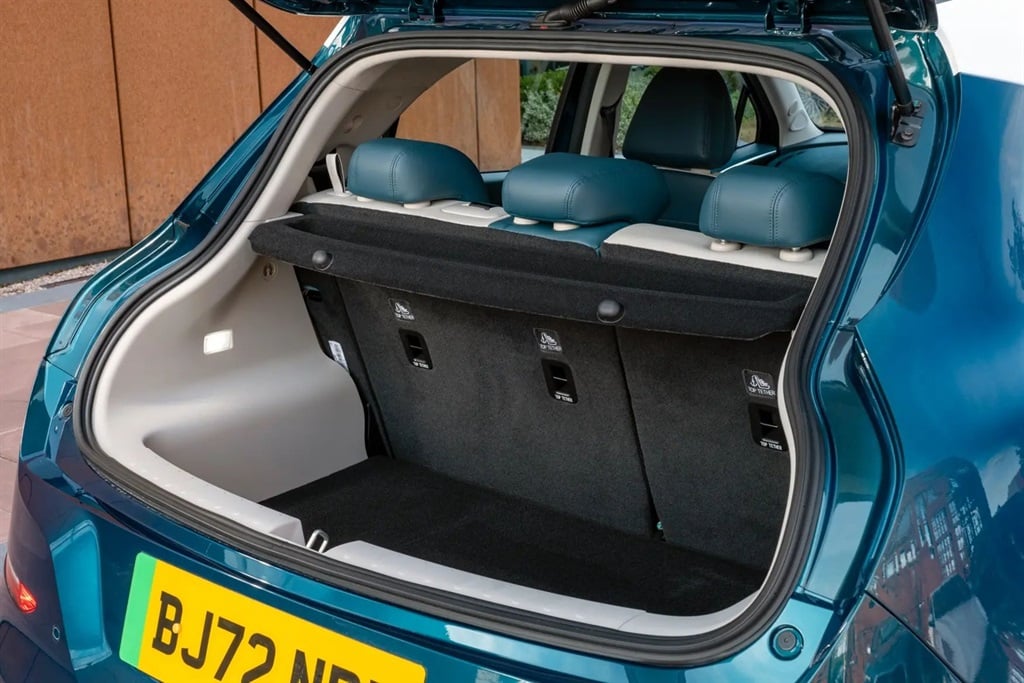News
SA’s cheapest electric vehicle yet en route: Haval’s fun city slicker Ora could be a game-changer
Haval’s new Funky Cat, or Ora, is on its way to South Africa, promising to be Mzanzi’s cheapest new electric vehicle yet. News24 Motoring contributor Marnus Hattingh sampled the fun city slicker in Australia.
While the move to electric vehicles has increased globally, it’s fair to say that in South Africa, the EV craze is still in its infancy. Loadshedding is one concern, but that is surmountable – and will ease up in years to come.
The biggest hindrance to our market’s EV uptake is something more practical: Price and range. Thanks to a woeful exchange rate, the average EV price on our market today is around R1.5 million. That puts EVs way out of reach for most South African car buyers and only appeals to a tiny minority.
The second hindrance is range. Range anxiety is a thing, and EVs still don’t match up to their ICE counterparts in the real world. A Mercedes C220d will give you a range of 1 100km when filled up, while Volkswagen’s T-Roc (2.0-litre version) promised a 1 300km road trip on its trip meter.
These ranges are more than triple what modern EVs can give you. People want – and need – a usable range of at least 500km in today’s age.
SA’s challenge
In Europe, smaller EVs are available, which would convert to a lesser price and possibly longer range thanks to a lighter body. But our industry wants to avoid importing them, as the poor exchange rate would mean they would have to be priced above the R1 million mark. Too much money for a small car. Hence, they only bring in big SUV-like EVs.
But now Haval wants to change this. Thanks to cheaper production costs and a better exchange rate with China, it is now possible to bring in a small battery-powered city car at around the R600 000 mark to our market. Still not R350 000, which is the sweet spot for local buyers of VW Polos and Toyota Corolla Crosses. But much better than our current cheapest EV, the Mini Cooper SE (R723 000).
At a recent world launch event in Melbourne, Australia, Haval allowed us to test their new Ora Funky Cat, which is earmarked for our market for around the middle of the year. No, don’t worry, Haval won’t use the Chinese moniker for their new city baby; they’ll just name it the Haval Ora. (Ora is, in fact, the dedicated brand name for all of Havel’s EV models). There was also a slightly bigger, sportier EV available for testing (the Ora GT) and Jolion and H6 hybrid models.
The biggest news is the new Ora, a small, Nissan Micra-ish city runabout that would be South Africa’s cheapest EV when it arrives in the third quarter, competing against the electric Mini.
Asian styling
Firstly, where the Mini is an electrified ICE Mini, the Ora is designed on a dedicated, new EV platform. Thus, although only 4.25m long, it still boasts ample room for four adults to sit comfortably.
The styling is cute and modern and clearly angled towards younger buyers. As is customary in Asian cars, there’s a lot of chrome detailing, but I liked the short butt and Mini-esque headlight design.
Top models will feature a nifty two-tone body colour treatment. The interior carries on where the funky exterior left off. There is a two-tone leather treatment for the seats and door panels, while top models will feature nice diamond stitching in a contrasting colour. All materials look and feel solid.
The dash is modern, with an LED display in front of the driver and a second screen in the middle of the dashboard. Again, a lot of chrome is used on the centre console. A flat dial knob is used to switch between P, R and D, but it felt a bit light to toggle with.
Charging time and range
Two batteries will be available. The smaller 48kWh unit will provide 320 km of range, while the bigger 63kWh unit is good enough for 420 km. The latter delivers 126kW and 250 Nm of twist to the front wheels.
Haval is set to start production of its own batteries, but instead of the traditional lithium-ion, it will use lithium-iron phosphate, which is said to have better longevity. Haval also states the smaller pack could be charged from 15% to 80% in 40 minutes using an 80kW DC fast charging station.
Performance is not top of mind for city cars, but the little Ora will run from its parking spot at the mall to 100 km/h in 8.3 seconds.
Inside, four adults would find themselves really comfortable, but the average boot size of 228 litres could have been a tad bigger. The two-tone colouring and diamond stitching looked pretty in the test model, but plain detailing would suffice for budget-conscious buyers. As mentioned earlier, the gear selection control knob was a bit iffy. Only a slight turn and the indicator would spin further than intended. Maybe a small gear shift lever, Haval?
We only had a chance to test the Ora on a closed-off proving ground (much like our Gerotek facility outside Pretoria), which isn’t really a like-for-like comparison with traffic, robots, and taxis you have to negotiate daily in Mzanzi. But it felt brisk from take-off and planted and steady at higher speeds.
Pricing for the new Ora will be confirmed closer to its local introduction in South Africa during the second half of the year.
Marnus Hattingh is a national motoring editor for News24 and Netwerk24.




